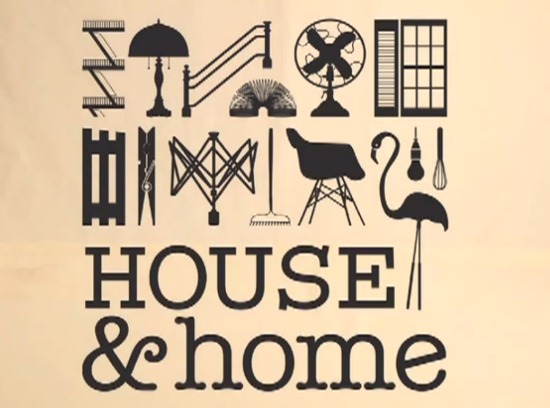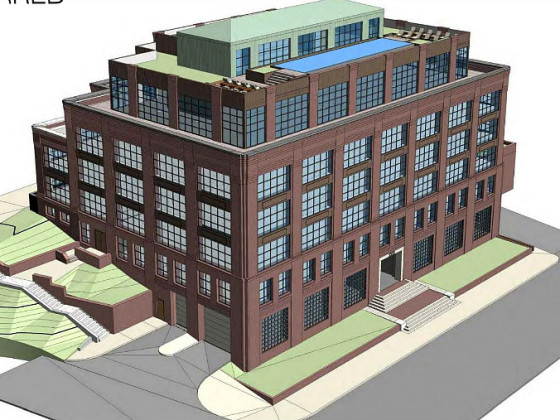What's Hot: Nearly $1 Million An Acre: Pricey Land Sale Near Dan Snyder's Alexandria Home Closes Out 2025
 From the Homestead Act to the Subprime Mortgage Crisis
From the Homestead Act to the Subprime Mortgage Crisis
✉️ Want to forward this article? Click here.

Image courtesy of the National Building Museum
The Building Museum’s new and extremely comprehensive House and Home exhibit, which will live on the second story of the museum for the next five years, has plenty of tasty offerings for UrbanTurf readers, like a walk-through exhibit of home building materials, video interviews with members of various housing communities (including LeDroit Park), and small-scale replicas of some of America’s most exalted residential architecture.
On UrbanTurf’s trip there this morning, we were most interested in the timeline that spans the length on one room, laying out the history of home ownership and mortgage lending in America from the moment colonists set foot on the land to the foreclosure crisis of recent years. The timeline also marks land acquisition and waves of immigration, but we decided to pull out the most notable landmarks from the section marked “Law and Money,” which outlines government policy and economic realities that have influenced home ownership.
Here are the highlights:
- 1800: A Land Act led to America’s earliest home loans. The government sold land to Americans, offering 160 acres for two dollars per acre (i.e. Deal of the Century), paid out over four years.
- Early 1900’s: Early mortgages appear. Banks loaned out 50 to 60 percent of a property’s value, to be paid back over seven years with six percent interest. Down payments were generally 30 percent of the total, and the remaining balance was covered by a second, higher interest loan.
- 1913: The first tax breaks appear with the Revenue Act, which introduced the first home mortgage interest deductions from federal income tax. That year, the Federal Reserve Act also gave banks some leeway, making lending restrictions more flexible.
- The 1930’s: The Great Depression has a profound impact on the trajectory of home ownership in the country.
- 1933: The Home Owners Loan Corporation pioneered the use of long-term amortized mortgages, giving homeowners the option to refinance to avoid foreclosure.
- 1934: The Federal Housing Administration (FHA) is created to insure private loans.
- 1938: Fannie Mae is chartered to purchase and hold or sell FHA-backed loans. These and other measures helped many Americans regain their footing.
- 1962: Up until this point, African Americans were grossly underrepresented in the home ownership realm. In 1962, President Kennedy signed the Equal Opportunity in Housing Order, prohibiting racial discrimination in housing that is owned, operated or assisted by the federal government.
- 1964: The Civil Rights Acts prohibits racial discrimination in federal housing programs.
- 1968: The Fair Housing Act prohibits racial discrimination in the sale, financing and renting of homes.
- 1974: Section 8 vouchers are created to help low-income Americans get out of low-income housing and into middle-class neighborhoods.
- 1977: Several tax breaks and subsidies are introduced to help even more Americans own homes.
- 2000-2005: Banks and lenders become (in)famously lenient, offering loans to buyers who may not be well suited to pay them back.
- 2008-2009: The housing market crashes, and America sees a 32 percent jump in foreclosed homes between April 2008 and April 2009.
For anyone interested in architecture, home ownership, communities, and doll houses, this exhibit is highly recommended. More broad than detailed, the exhibit’s scope will leave you with an expansive mental map of housing in America.
See other articles related to: fannie mae, fha, mortgage lending, mortgages, national building museum
This article originally published at https://dc.urbanturf.com/articles/blog/from_the_homestead_act_to_the_subprime_mortgage_crisis/5482.
Most Popular... This Week • Last 30 Days • Ever

Today, UrbanTurf offers a brief explanation of what it means to lock in an interest r... read »

The 30,000 square-foot home along the Potomac River sold at auction on Thursday night... read »

An application extending approval of Friendship Center, a 310-unit development along ... read »

A key approval could be coming for a proposal to convert a Georgetown office building... read »

Capital Bikeshare breaks a record; Trump potentially legalizes weed sales in DC; and ... read »
DC Real Estate Guides
Short guides to navigating the DC-area real estate market
We've collected all our helpful guides for buying, selling and renting in and around Washington, DC in one place. Start browsing below!
First-Timer Primers
Intro guides for first-time home buyers
Unique Spaces
Awesome and unusual real estate from across the DC Metro














